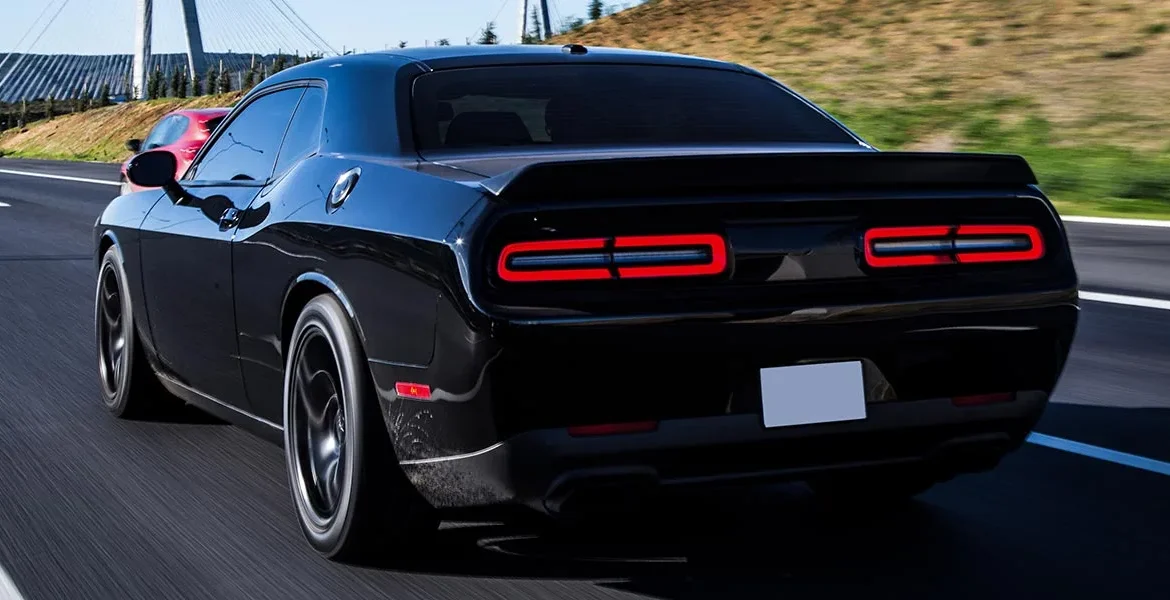Window tinting is a popular modification for vehicles in New Zealand. It offers numerous benefits, such as increased privacy, reduced glare, and protection from UV rays. However, it’s crucial to understand the legal restrictions and guidelines to ensure your vehicle complies with New Zealand’s window tint laws. This blog will provide an overview of the “window tint laws NZ" and “legal window tint NZ" requirements.
Understanding Window Tint Laws in NZ
In New Zealand, window tinting is regulated to ensure driver safety and visibility. The rules are outlined by the New Zealand Transport Agency (NZTA) and are designed to strike a balance between the benefits of tinting and the need for clear visibility for drivers and law enforcement officers.
Legal Window Tint NZ: Visible Light Transmission (VLT) Levels
The primary factor in determining the legality of window tinting is the Visible Light Transmission (VLT) percentage. This percentage indicates how much light passes through the window film and glass. Here are the VLT requirements for different windows in a vehicle:
- Front Windshield: The front windshield must allow at least 70% of light to pass through. This regulation ensures that drivers have a clear view of the road and pedestrians.
- Front Side Windows: The windows on either side of the driver must also have a minimum VLT of 35%. This level ensures that drivers have good peripheral visibility and can be seen by other road users and law enforcement officers.
- Rear Side Windows and Rear Windshield: The rear side windows and the rear windshield can be tinted to a darker level than the front side windows. However, they must still allow at least 35% of light to pass through. This rule allows for greater privacy for passengers while maintaining adequate visibility for safety.
Reflective Tint and Other Restrictions
In addition to VLT percentages, there are other restrictions on window tinting in New Zealand:
- Reflective Tints: Reflective or mirrored tints are not permitted on any vehicle windows. These tints can cause excessive glare and reflections, posing a hazard to other road users.
- Tinted Films: The application of tinted films must be done professionally to ensure they meet legal standards. DIY tints or poorly applied films can lead to non-compliance with VLT requirements.
- Compliance Labels:Legally tinted windows should have a compliance label indicating the VLT percentage. This label is usually placed on the window and should be easily visible to inspectors and law enforcement officers.
Consequences of Non-Compliance
Failing to comply with New Zealand’s window tint laws can result in penalties and fines. Non-compliant vehicles may be required to remove or replace the tint to meet legal standards. Additionally, vehicles with illegal tints may fail Warrant of Fitness (WOF) inspections, preventing them from being legally driven on public roads.
Tips for Choosing Legal Window Tint NZ
To ensure your vehicle’s window tinting complies with New Zealand laws, consider the following tips:
- Professional Installation: Always opt for professional installation services. Reputable installers are familiar with the legal requirements and can ensure your tint meets VLT standards.
- Check Compliance Labels: Verify that the tint film has a compliance label indicating the VLT percentage. This label provides assurance that the tint is legal and meets regulatory standards.
- Stay Informed: Keep up-to-date with any changes in window tint laws. Regulations can change, and it’s essential to stay informed to maintain compliance.
Conclusion
Understanding and adhering to “window tint laws NZ" and ensuring “legal window tint NZ" is crucial for any vehicle owner considering window tinting. By following the VLT requirements and other regulations, you can enjoy the benefits of window tinting while staying within the bounds of the law. Always choose professional installation services and verify compliance labels to ensure your vehicle remains roadworthy and safe.


Leave a Reply